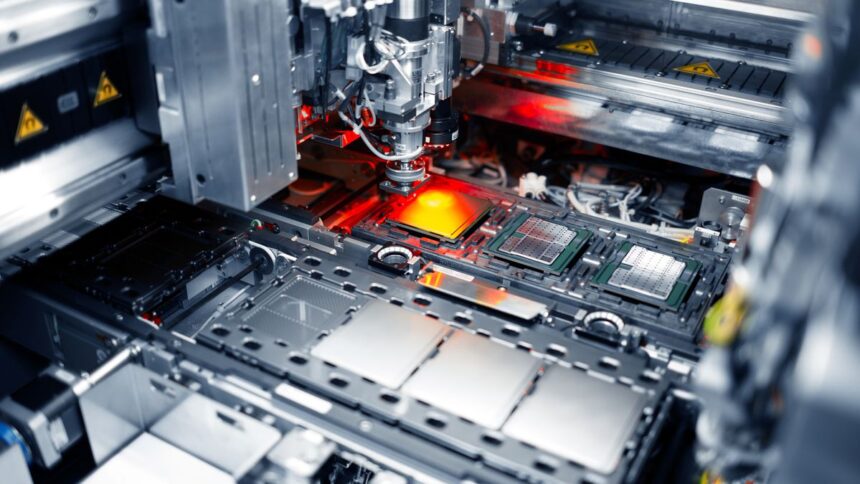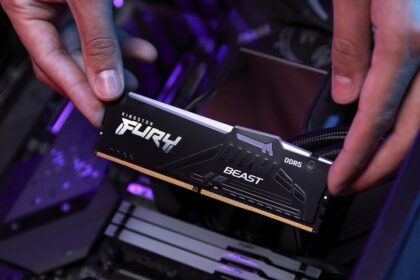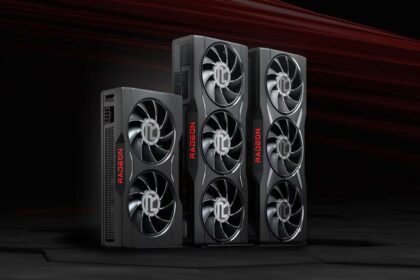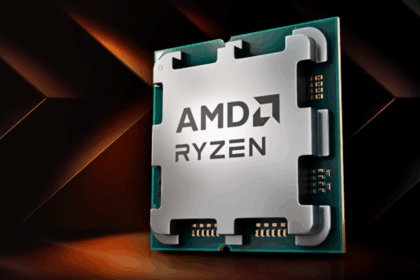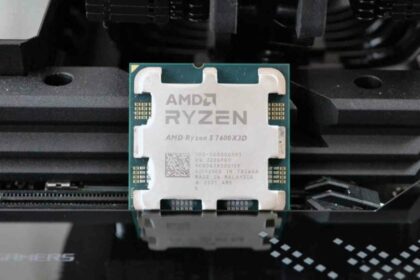Intel is set to roll out its next-generation lithography in 2026 with the launch of Panther Lake CPUs. However, mass production using the new “18A” process will begin before the end of this year. Chips built with this advanced manufacturing technology are expected to deliver up to 25% better performance, while cutting power consumption by 36% compared to the current Intel 3 process used in Xeon 6 server CPUs.
What’s notable is that these gains come while maintaining the same 1.1V operating voltage as Intel 3. At lower voltages—like 0.65V—the efficiency gets even better: performance improves by around 18%, and power use drops by as much as 38%.
It’s worth mentioning that the existing Intel 3 process can operate at up to 1.3V, since it’s primarily designed for high-demand environments like data centers.
Other improvements in Intel 18a lithography
Another major leap with Intel’s upcoming 18A process lies in its SRAM implementation. According to Intel, the new nodes feature 0.021 µm² SRAM cells, resulting in an impressive density of 31.8 MB/mm². That’s a notable improvement over Intel’s own Intel 4 process, which uses slightly larger 0.024 µm² cells.
Still, competitors aren’t standing still. TSMC’s 2nm process manages even tighter packing, with 0.0175 µm² cells and a density of 38 MB/mm²—currently leading the industry.
What’s driving Intel’s progress with 18A is the introduction of RibbonFET, the company’s take on Gate-All-Around (GAA) transistors. This marks a major architectural shift and is paired with a new power delivery system that boosts transistor density by 1.3x compared to the Intel 3 process. Together, these advancements bring not only more performance, but also better thermal and power efficiency.
Intel’s power delivery tech has undergone rigorous stress testing, meeting JEDEC standards—including 275 hours at 110°C and 85% humidity, sustained heat tolerance of 165°C for up to 1,000 hours, and reliable operation across extreme temperatures from -55°C to 125°C.
These combined breakthroughs have sparked growing interest from industry heavyweights like Nvidia, Microsoft, and Google—companies that have historically leaned on TSMC’s foundry services. Intel’s push into this territory suggests a serious bid to reclaim leadership in chip manufacturing.

